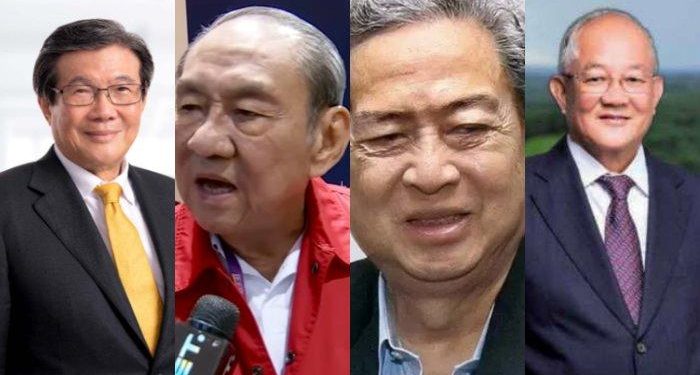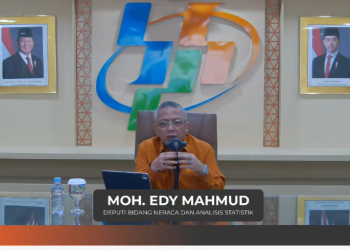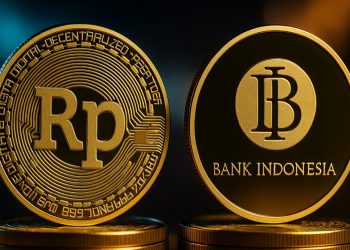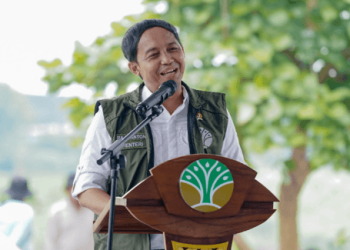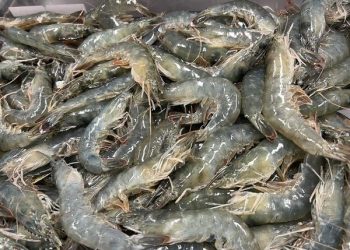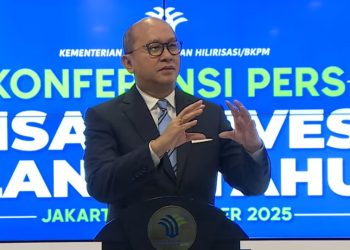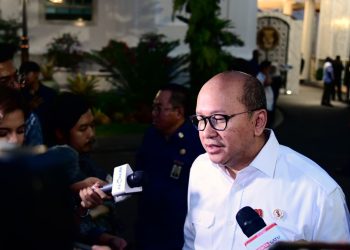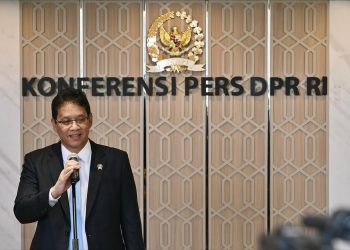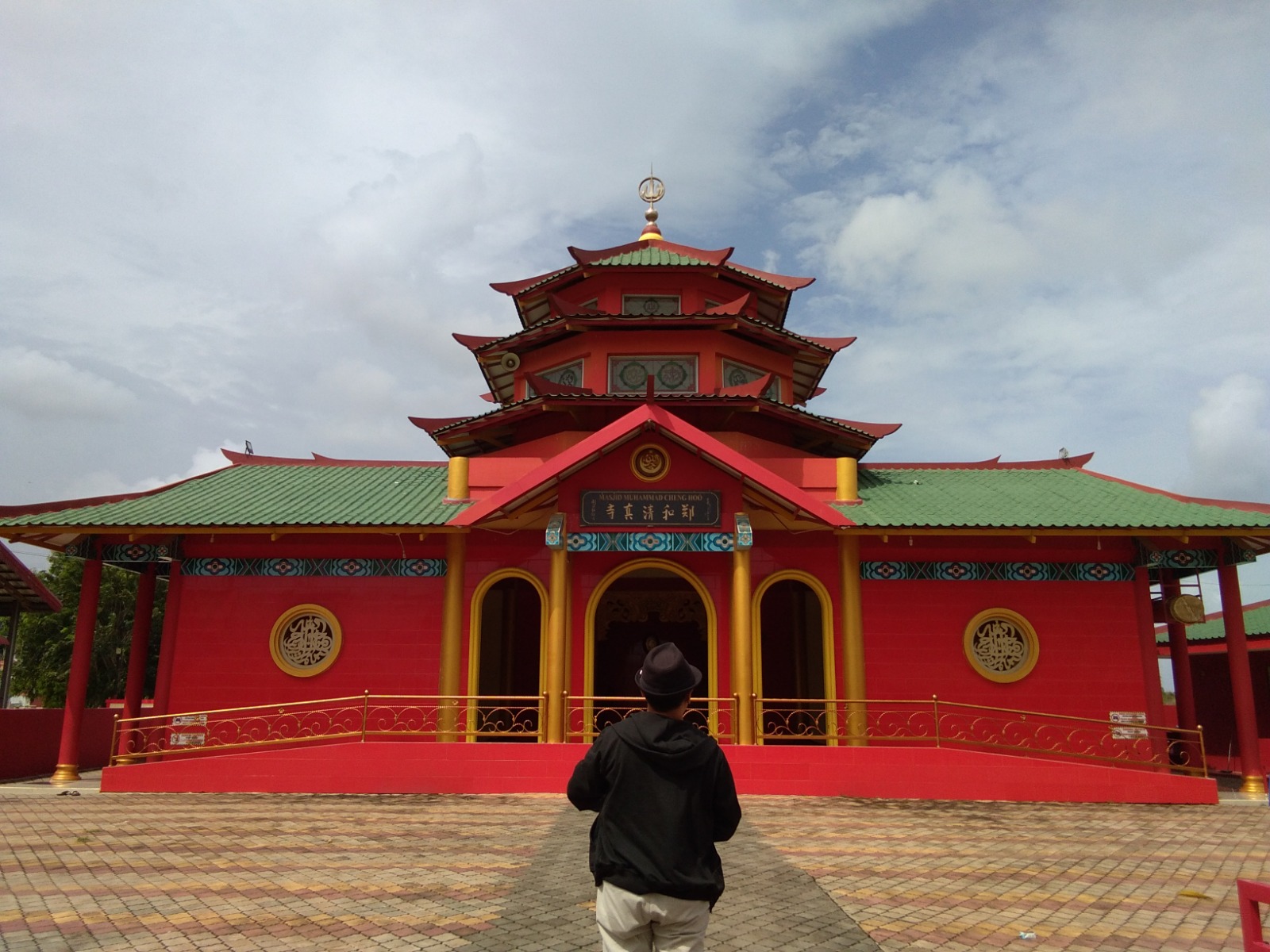Jakarta, Indonesia Sentinel — The fortunes of Indonesia’s billionaires continue to ebb and flow with the dynamic stock market. Amid this volatility, several notable figures stand out for their vast wealth and influence. The following is a list Indonesia Top Billionaires!
Leading the list is Prajogo Pangestu, with a staggering net worth of $48.4 billion (approximately IDR 769.74 trillion), according to Forbes (Nov. 16, 2024). Prajogo’s wealth remains resilient despite fluctuating stock prices in his companies. For instance, shares of PT Barito Renewables Energy Tbk (BREN) fell by 4.18% in the past month, while PT Petrindo Jaya Kreasi Tbk (CUAN) experienced a sharper decline of 9.87% over the same period.
Next on the list Indonesia Top Billionaires are Robert Budi Hartono and Michael Hartono, the billionaire siblings who control the Djarum Group and hold significant stakes in PT Bank Central Asia Tbk (BBCA). Robert Budi Hartono boasts a fortune of $25.9 billion (IDR 411.7 trillion), while Michael Hartono closely follows with $24.8 billion (IDR 394.37 trillion). Their initial wealth came from their kretek cigarette empire, which remains one of Indonesia’s largest producers of the iconic clove-infused tobacco product.
In fourth place is Low Tuck Kwong, owner of PT Bayan Resources Tbk (BYAN), with a net worth of $24.8 billion (IDR 394.37 trillion). Unlike others on the list, Low’s wealth is particularly volatile, as it is almost entirely tied to the performance of BYAN’s stock. This lack of diversification leaves his fortune highly sensitive to market swings.
The fifth spot is held by Sri Prakash Lohia, an industrialist with a net worth of $8.5 billion (IDR 135.18 trillion). Lohia, originally from India, co-founded PT Indorama Synthetics Tbk (INDR) with his father in 1976. At the time, he was a 21-year-old entrepreneur venturing into the textile manufacturing industry. Over the decades, Indorama has grown into a major player in the global synthetic yarn market.
These five individuals not only dominate Indonesia’s wealth rankings but also wield significant influence across key sectors of the economy, from banking and manufacturing to energy and tobacco. Their fortunes highlight the intersection of entrepreneurial vision and the risks tied to market dynamics.
Prajogo Pangestu’s rise to the top underscores the resilience of diversified industrial ventures, even in turbulent economic conditions. Meanwhile, the Hartono brothers continue to showcase the power of long-term investments in banking and legacy businesses.
Low Tuck Kwong’s story serves as a reminder of the risks of over-reliance on a single revenue stream, while Sri Prakash Lohia exemplifies the enduring opportunities in manufacturing, particularly in Indonesia’s resource-rich landscape.
The fortunes of these billionaires not only reflect their business acumen but also underline the broader economic trends shaping Indonesia as a rising powerhouse in Southeast Asia. Their stories inspire, caution, and highlight the complexities of building and sustaining wealth in a competitive global market.
(Becky)


